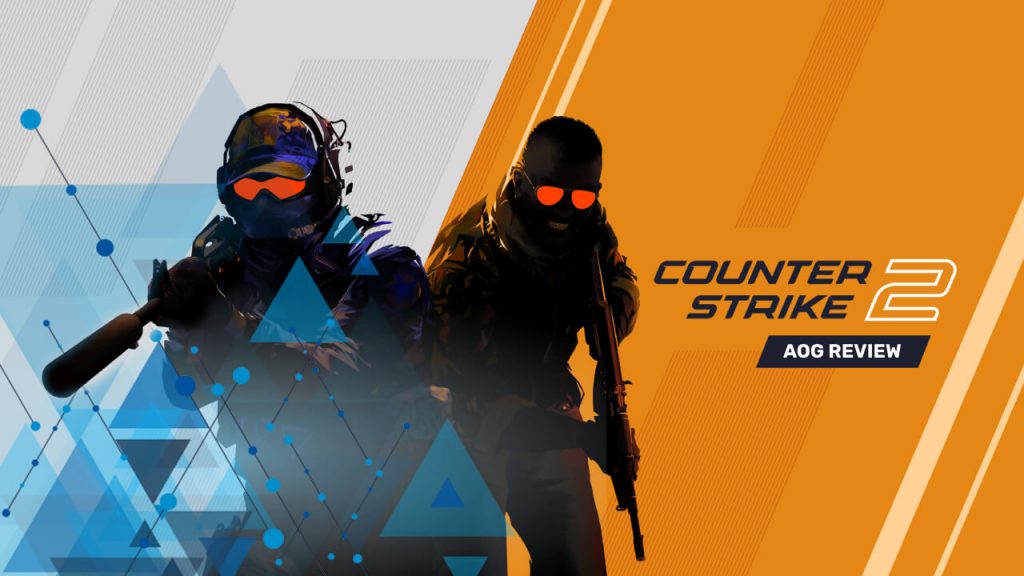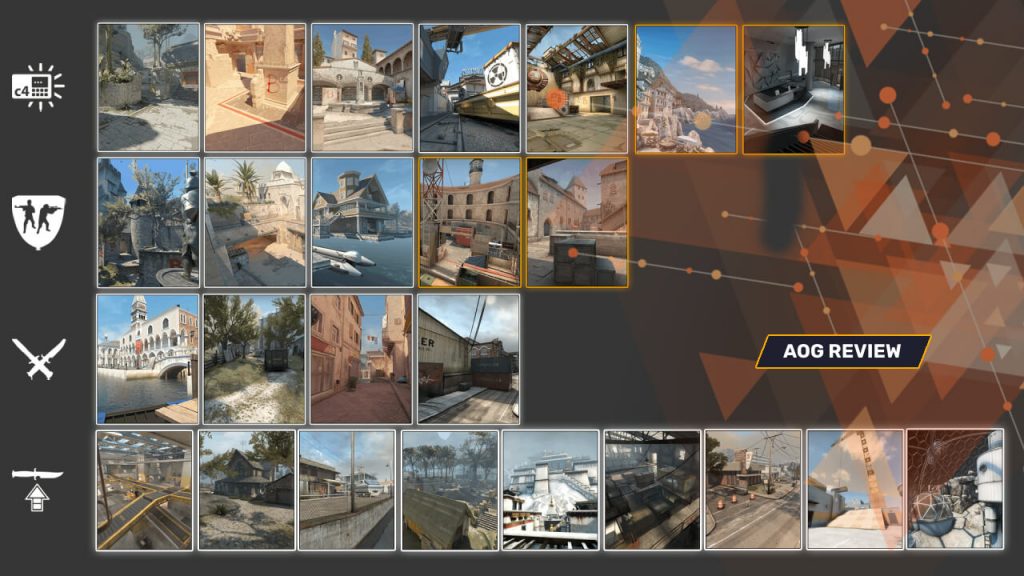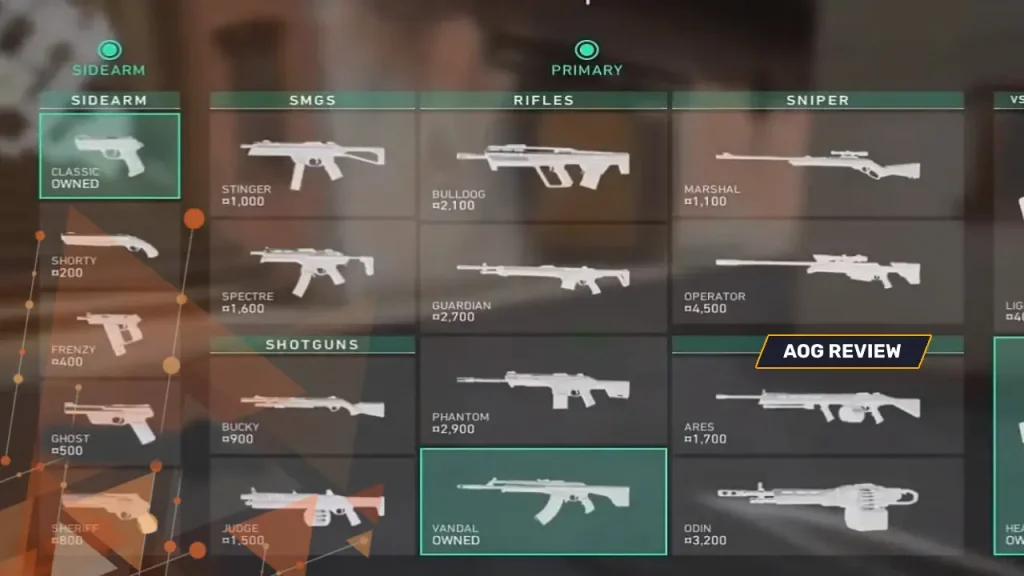Counter-Strike 2: A Critical Look at the Sequel
After an illustrious 11-year run, Counter-Strike: Global Offensive (CS:GO) has gracefully stepped aside to make room for its successor, Counter-Strike 2 (CS2). Valve, the game’s developer, is keen on steering the gaming community toward CS2, presenting it as the newer and more polished alternative. Whether you view this transition with enthusiasm or skepticism, the fact remains, Valve wants you in CS2.
In this exploration, we will delve into the critical aspects of this game-changing sequel, dissecting its features, improvements, and the potential it holds for the future of the Counter-Strike franchise.

Familiarity Amidst Evolution
For casual players, CS2 might initially appear as a substantial update rather than a sequel a decade in the making. Despite being powered by Valve’s newer Source 2 engine, CS2 maintains a striking resemblance to its predecessor, CS:GO. Some noticeable changes include alterations to grenade mechanics, more intricate map details, and the absence of certain beloved game modes. However, for those dedicated to honing their aiming skills and mastering smoke grenade tactics, CS2 may fall short in replicating the precision found in CS:GO’s movement and gunplay.
Yet, beneath the seemingly familiar exterior, CS2 encapsulates the essence of Counter-Strike. While the foundation may currently seem modest and slightly unsteady, there is confidence that Valve has laid the groundwork for an FPS that could surpass the legacy of CS:GO in due time.
Seamless Transition
Transitioning from CS:GO to CS2 proves to be a seamless experience. All settings, key bindings, and cosmetics effortlessly carry over, allowing returning players to dive back into the action without missing a beat. However, newcomers may find themselves in need of external guidance, as the game still lacks an effective tutorial system. Whether tweaking aim sensitivity or understanding different game modes, external resources or assistance from experienced players become essential for those feeling overwhelmed.
The Essence of Counter-Strike
Casual matches in CS2 may appear as chaotic encounters, with bodies and grenades cluttering the gameplay. However, in modes like Deathmatch, Competitive, or the new Premier mode, CS2 successfully captures the essence of Counter-Strike. The intricate dance of questions and answers unfolds as players respond to teammates’ movements and sudden bursts of gunfire. The game’s charm lies not only in the personality of its guns but also in the strategic decisions made in the heat of the moment.

Noteworthy Improvements
1. Inventory Flexibility
A significant improvement lies in the inventory system, allowing players to curate their weapons pool with a simple drag-and-drop mechanism. This newfound flexibility enables users to have both Counter-Terrorist (CT) assault rifles available in the buy menu, introducing a level of customization previously unavailable. The updated buy menu, with visual cues beneath each weapon’s portrait during teammate purchases, enhances overall team coordination. Additionally, a convenient refund button helps rectify accidental purchases or last-minute financial decisions.
2. Visual Overhaul
The most apparent change on the surface is the visual overhaul of the maps. CS2 introduces brighter and more vibrant environments, eliminating dark corners in favor of improved visibility. From Mirage’s polished palace floors to Overpass’s graffiti-covered tunnel, each map boasts a newfound aesthetic appeal. This visual upgrade eliminates the days of lackluster wall textures, providing a refreshing visual experience for players.
3. Grenade Dynamics
Grenades in CS2 exhibit enhanced reactivity to their surroundings. Unlike CS:GO’s static fog generated by smoke grenades, CS2’s fog dynamically interacts with the environment. Smoke curves around arches, spills outwards, or wedges itself into narrow gaps, creating a more immersive experience. Regular grenade explosions dissipate smoke, potentially exposing hidden opponents. These tweaks not only impact casual players but also present strategic opportunities for seasoned players to explore.
4. Match Length Adjustment
CS2 reduces the overall match length from a race of 16 rounds to a more concise 13 rounds. In practical terms, this translates to a decrease in the maximum number of rounds
from 30 to 24 per match. Despite the reduction, the adjustment doesn’t detract from the gameplay experience; if anything, it adds a sense of significance to each round.

Areas of Concern and Omissions
Unaddressed Elements from CS:GO
While CS2 introduces commendable improvements in maps and grenades, certain elements from CS:GO are noticeably absent. Mac support, Arms Race, War Games, and the ability to switch to a left-handed console view are among the missing features. The absence of fan-favorite maps like Cache and Train also raises concerns. While it’s reasonable to expect updates over time, players may find it frustrating that these familiar aspects are temporarily unavailable.
Ambiguities in Map Overhauls
The purported overhauls of maps like Inferno and Italy spark debates within the community about the definition of “overhauled.” Some players, attuned to minute details, may find the changes barely perceptible, raising questions about the substantiality of the updates. CS2’s approach to map alterations appears to cater more to those who value nuanced adjustments, potentially leaving others indifferent to the modifications.
Movement and Gunplay
Observations from pro players and streamers highlight concerns about the feel of CS2 compared to CS:GO. Complaints about less smooth movement and less accurate weapon spraying draw attention to potential issues. The introduction of new servers with a 64-tick/sub-tick system receives mixed reviews, with some expressing dissatisfaction without a clear understanding of the technical nuances. For those deeply invested in the competitive scene, CS2 seems to lag behind its predecessor, indicating room for improvement.
In-Game Features and Monetization
Prime Status and Competitive Play
CS2 introduces a system called “Prime Status,” providing competitive and premier modes along with exclusive queues for those who have it. While this feature aims to encourage a more serious player base, its effectiveness is debatable. Prime Status holders also gain access to the Weekly Care Package, offering cosmetic rewards as an incentive for leveling up. The impact of Prime Status on matchmaking dynamics remains a topic of discussion, with varied experiences reported by players.
Continued Presence of Loot Crates
Valve persists with the inclusion of loot crates that require payment to open, along with associated marketplaces. Despite the controversial nature of such systems, CS2 offers players the choice to disengage if they prefer not to participate. The game maintains a balance, ensuring that those uninterested in cosmetic items can navigate the gaming experience without intrusive pop-ups or penalties.
Personal Reflection and Closing Thoughts
As a former enthusiast, my journey with CS may be drawing to a close. The game demands a substantial commitment, making it less suitable for those seeking a more casual, laid-back gaming experience. However, for newcomers, returning players, or veterans, CS2 delivers thrilling matches filled with strategic twists and remarkable plays. While it retains the essence of CS:GO, CS2 introduces enhancements to grenades and map aesthetics, marking it as a commendable iterative update.